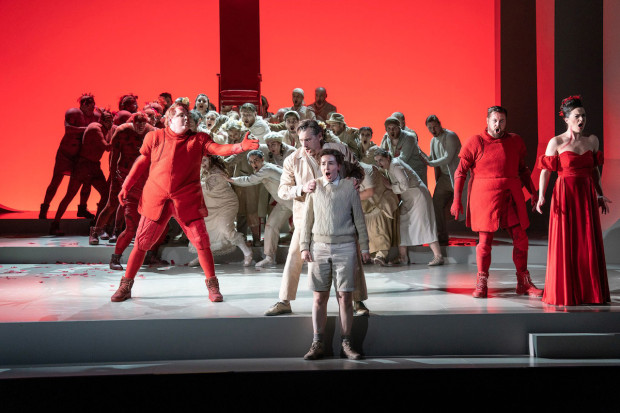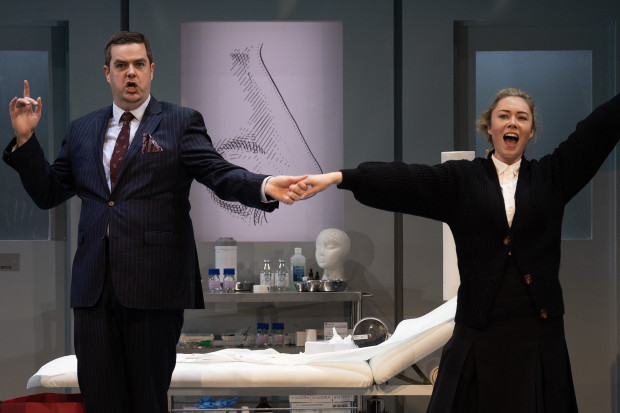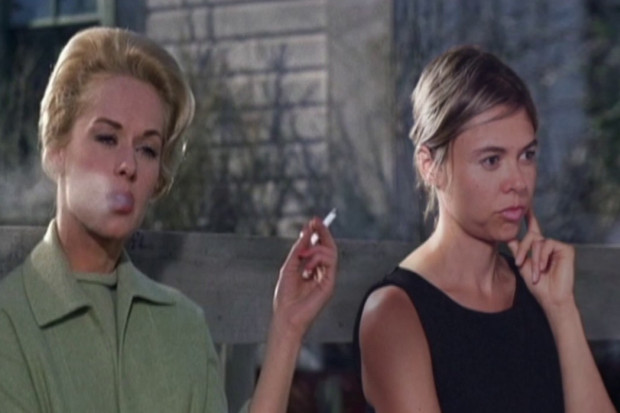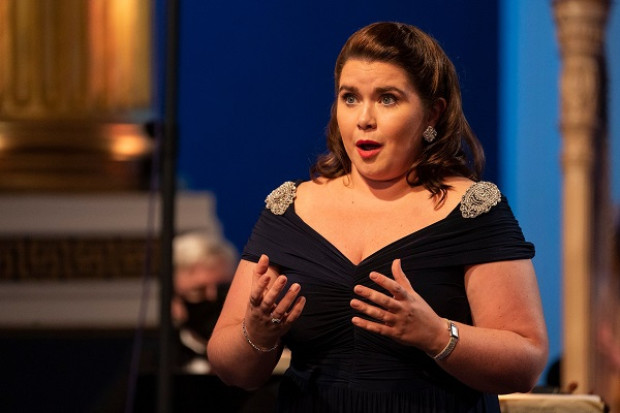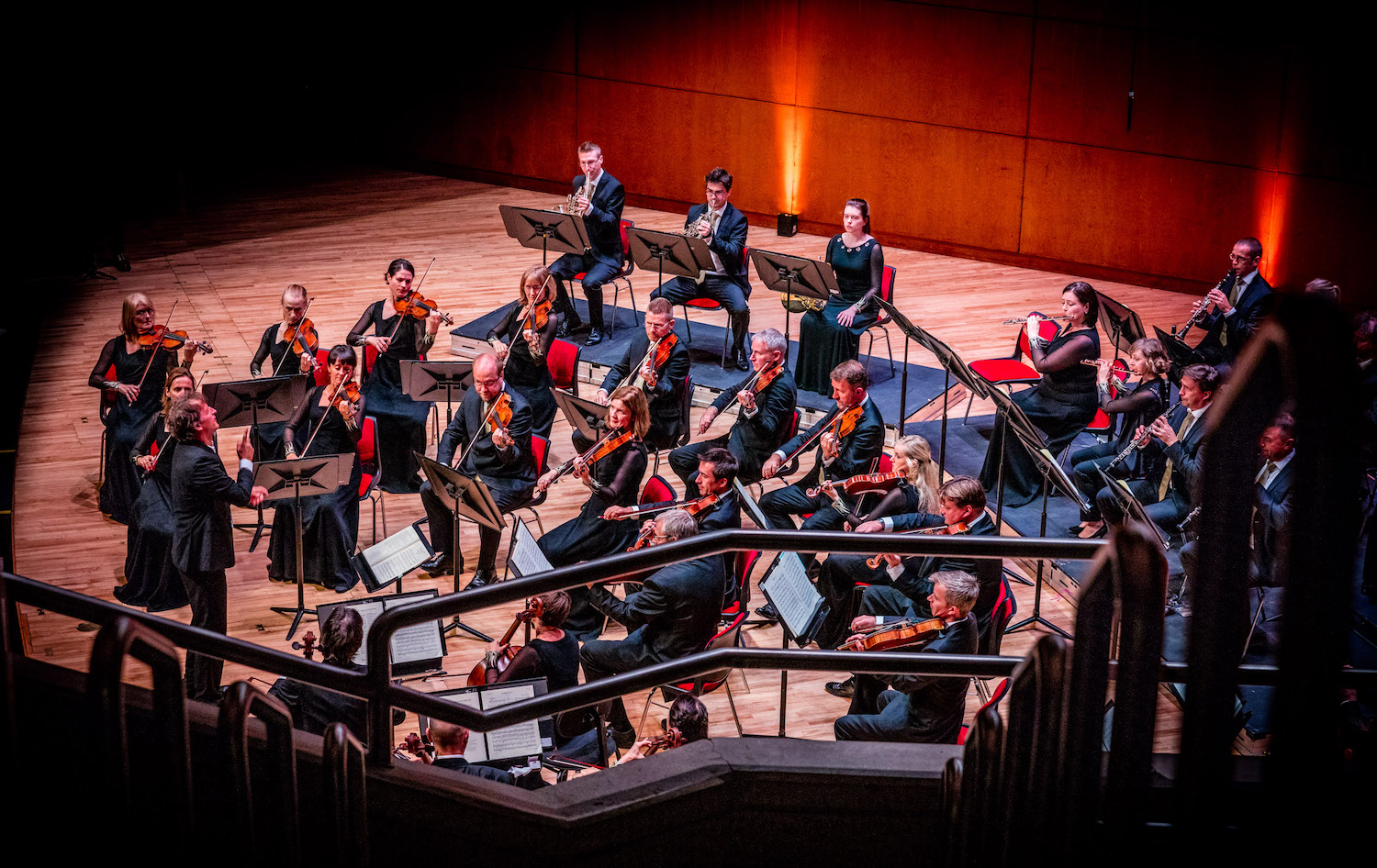
Jean-Christophe Spinosi and the Irish Chamber Orchestra (Pic: Keith Wiseman Photography)
On Risk and Restraint
The Irish Chamber Orchestra kicked off their 2018/2019 season with a concert at Dublin’s Christchurch Cathedral on 13 September consisting of Rossini’s Overture to Il Barbiere di Siviglia, Beethoven’s Symphonies No. 1 and 5 and a new commission by Irish composer Sam Perkin.
Glancing at this programme beforehand one would have imagined that Rossini’s overture was chosen to act as a light warm-up for the more weighty works that followed. However, this was not the thinking behind conductor Jean-Christophe Spinosi’s interpretation. Rarely does one hear a more deadly serious rendition of this popular number which, the more it went on, began to sound as if Beethoven himself, and not Rossini, had actually written it. Spinosi is certainly an exciting conductor but he has a tendency to exaggerate everything in his quest to extract the last expressive drop out of the music. Judging by the speed at which the standing ovation sprang into life at the concert’s end, no doubt many of the punters found all of this tremendously exciting; personally I’m sympathetic to a risk-taking approach having never understood critics who praise a conductor for bringing ‘much needed restraint’ to a performance. Who goes to a concert to hear ‘restrained’ playing anyway?
Caricature
However, there are limits to how far one can take this, particularly when interpreting music that is already intrinsically expressive to begin with, as is the case with Beethoven. Too much overindulgence at the expense of long-range planning distorts the shape of the music and there were certainly occasions on Thursday evening where a restraining order against Spinosi would have been justified. Take the first movement of Beethoven’s fifth for example, where there were no less than three markedly different tempi in the exposition alone. After the famous opening, the first subject raced along only for the tempo to sag in the more lyrical second theme before picking up again for a madcap dash to the closing codetta. A similar problem occurred in the recapitulation where the ritardando at the end of the famous oboe descant was drawn out for what seemed a very extended period of time.
At moments like these, the music risked descending into caricature. On the other hand, one can’t be entirely critical because there were moments that were genuinely exciting, like the finales of both the Beethoven symphonies. Naturally, these were taken at breakneck speed, which didn’t necessarily suit the boomy acoustics of Christchurch, but the orchestra rose to the challenge and were generally extremely responsive to Spinosi’s demanding directions.
Sketched memories
The evening concluded with the new piece by Sam Perkin titled Beginnings – originally advertised as the second item on the programme. According to the composer, the idea behind the commission was the concept of memory:
Beginnings contains fragments of the first pieces and musical memories of each member of The Irish Chamber Orchestra, the very first pieces they played, or heard. In the piece, each member has their moment in which they share this intimate, first musical memory with you.
Unfortunately this was nowhere near the same standard as his previous commission for the ICO, 365 Variations on a Gesture (since retitled Waves), which made a favourable impression this time last year. What made that particular piece stand out was the way in which the material was so thoroughly worked through from beginning to end. By contrast, this piece consisted of a series of static, consonant chords that formed a rather bland harmonic wallpaper onto which members of the orchestra could sketch their ‘memories’ one by one. All too predictably, this sounded like fairly aimless melodic improvisation that failed to amount to anything remotely memorable. Beyond this description, there’s not really much more one can say about it other than to note with disapproval the tinge of sentimentality that guided the overall concept.
Radiating energy
On the whole however, the concert was quite enjoyable and Spinosi’s relentless energy did seem to radiate outwards generating an upbeat, vibrant atmosphere – a quality that seems to have become something of an ICO trademark. Furthermore the orchestra deserve great credit for maintaining their policy of commissioning new work and integrating it alongside pieces from the standard repertoire, thus setting an example that certain other state-funded orchestras would do well to replicate.
The Irish Chamber Orchestra will perform at Féile Classical – The Trip to Tipp and New Music Dublin this weekend. Visit www.irishchamberorchestra.com/whats-on.
Published on 19 September 2018
Adrian Smith is Lecturer in Musicology at TU Dublin Conservatoire.










